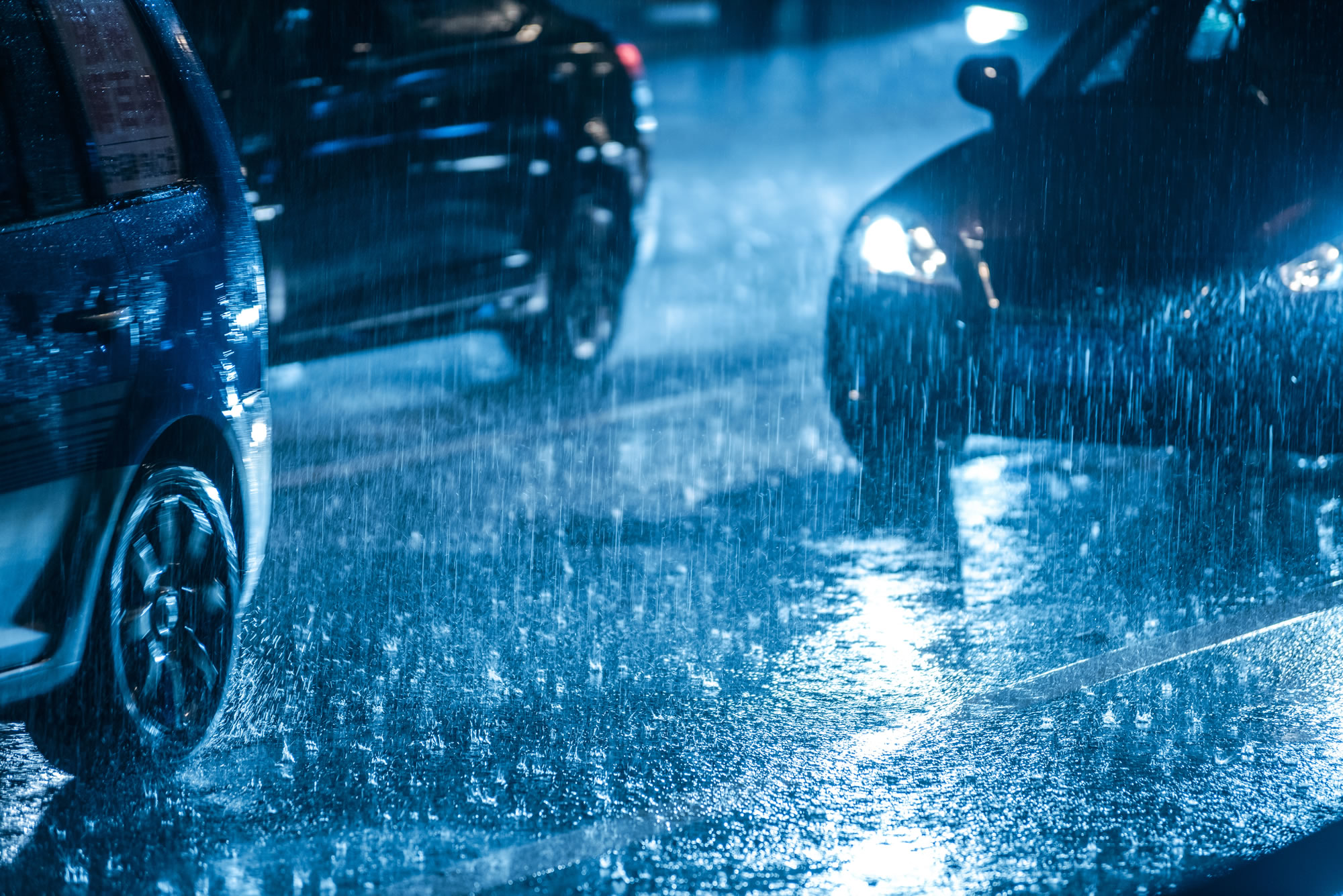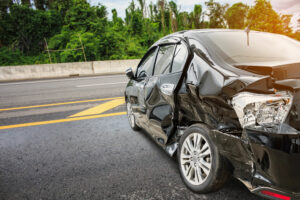Rain, rain, go away – right? But this is British Columbia, so we live with it. To make our lives safer and better when our rainforest cities live up to their “Wet Coast” reputation, approaching rainy roadways takes a different skill set than during the drier days of summer.
Here are a few things to do when driving in the rain.
Check your car
Rain hampers visibility and on the road, you need to see and be seen. This means clearing dirt and debris from headlights and tail lamps and seeing that all lights are working. Also, make sure your wipers function properly and that you have topped up the washer fluid. Check to see if your tires are inflated properly and that there are no problems with the brakes.
Check your speed
Once you are on the road, take it slow. Wet roads are slippery roads and excessive (or even normal) speeds are dangerous. Rain will bring out oil and gas residue in the pavement and that adds a layer of slickness. Braking takes longer when you speed. Add a slippery surface and you’re adding more to your braking time.
Adjust your driving
Aside from a safe speed, rain requires a few other changes to the way you drive. Leave plenty of room for sudden stops and no tailgating. Watch for larger vehicles like trucks and buses. Give them plenty of room and keep an eye out for when they’re travelling through puddles. An 18-wheeler plowing through water can blind you as it hits your windshield.
Handling hydroplaning
Hydroplaning can be one of the scariest experiences on a rain-soaked road. In an instant, you can feel like the car has taken on a mind of its own. But if you do hydroplane, don’t panic. You’re still in control. Stay calm, focus on where you want the car to go, ease off the gas and ease on the brakes to adjust speed (don’t slam either pedal!), and steer yourself away from the water.
Into each life, a little rain must fall. But just a few minutes of preparation, a few adjustments to your regular habits, and a calm attitude will help you make it through the storm and back home safely.







